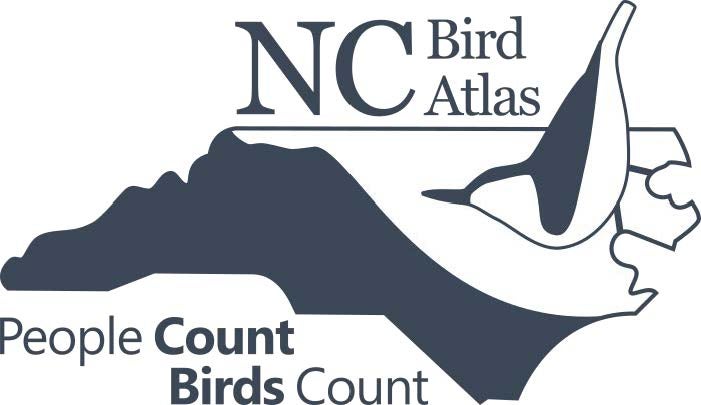Calling all birdwatchers: Still time to participate in surveying project, NC Bird Atlas
Published 10:48 pm Wednesday, November 16, 2022
|
Getting your Trinity Audio player ready...
|
Thee NC Bird Atlas has just completed the second year of breeding bird surveys throughout the state, but are still in need of your help!
Since 1970, we’ve lost one in four birds nationwide, an estimated total of 2.9 billion birds across North America! This number even includes some of our most common species.
However, targeted survey efforts, like the NC Bird Atlas, can help bring birds back.
Bird atlases are large-scale, standardized surveys that have taken place in states across the country since the 1970s. The NC Bird Atlas project began in 2021 and is the first of its kind for NC. The data gathered will provide a baseline of the species that use our state throughout the year.
The first step is to create a detailed picture of bird abundance, distribution, and an understanding of what habitat requirements birds depend on to be healthy. Through the NC Bird Atlas, essential information about the current distribution and abundance of NC’s birds can be gathered. This valuable data can help guide important and necessary conservation decisions and potentially prevent species from becoming endangered or even extinct.
Birds are the most accessible form of wildlife for people to witness and observe and they are crucial to the health of North Carolina’s wild, natural places. The good news is that our country has demonstrated that a focused effort backed by support from a broad coalition can result in conservation success.
The NC Bird Atlas is a 5-year statewide citizen-science project harnessing the power of thousands of volunteer birdwatchers to map the distribution and abundance of birds from the Blue Ridge Mountains to the Outer Banks. These observations will give the NC Wildlife Commission and researchers a comprehensive picture of bird populations across North Carolina and the data gathered will then guide conservation efforts in the state.
Most state bird atlases are only focused on breeding birds, but the NC Bird Atlas is also interested in the distribution and abundance of wintering species. Winter is a great time to get started with the NC Bird Atlas! This survey project is a great excuse to get outside and enjoy and pay attention to the natural world, especially birds.
Everyone can participate in the Atlas. “Atlasing” is similar to birdwatching, except that participants are asked to contribute their sightings through eBird, an easy-to-use online database of crowd-sourced bird observations. eBird is easy to use, but when atlasing, you’ll want to be sure to check the “NC Bird Atlas” portal so the data you compile goes directly to the NC Wildlife Resources Commission staff that are working on this project.
To ensure an accurate representation of all bird species, for the Atlas, the state has been divided into 937 “priority blocks,” each roughly 10 square miles. Volunteers are asked to sign up for a priority block and, over the remainder of the survey period (through 2025), spend at least 10 hours surveying during the wintering season and 20 hours during the breeding season, with two nocturnal visits during each season. While surveying the block, all birds observed and heard should be recorded through eBird. Trips should be limited to one mile or less and one hour or less.
There are two distinct winter atlasing time periods – early winter (Nov 1 – Dec 31) and late winter (Jan 1 – Feb 28). The protocols for atlasing in the winter are like those for the breeding season; survey all accessible habitats within a priority block with separate visits. At least two separate visits should be made to the block and its habitats, one each in both early and late winter. Ideally, 2 hours of nocturnal atlasing, but only 10 hours of daytime atlasing effort.
The Atlas is a great opportunity for people to deepen their knowledge of birds, have fun outdoors, and provide data to this important research project that will provide a better understanding of birds in the state and what is needed to protect them.
To get started, visit NCBirdAtlas.org, sign up for the newsletter and watch a few atlasing tutorials. Create an eBird account and start recording your observations in the NC Bird Atlas Portal within eBird. You can also check out the online Atlas Block map and adopt a block or find areas to go birding for the Atlas!
Conserving Carolina is one of two regional coordinators for the NC Bird Atlas, serving Region 9, and will be glad to provide more information, instruction, and assistance to begin participating and throughout the survey year. Contact Pam Torlina at pam@conservingcarolina.org, or co-coordinator, Mike Resch at reschmike1@gmail.com for more information.






